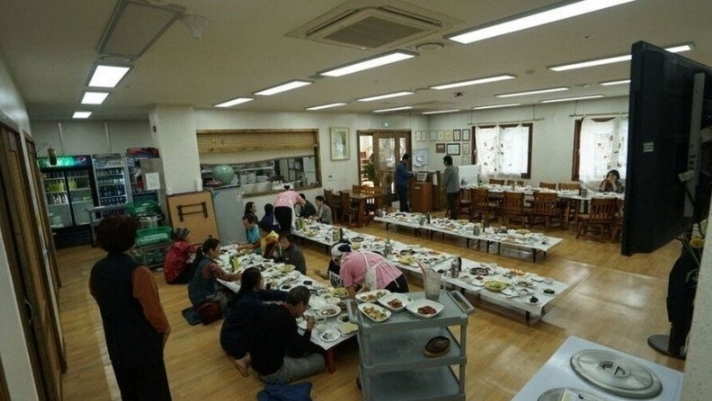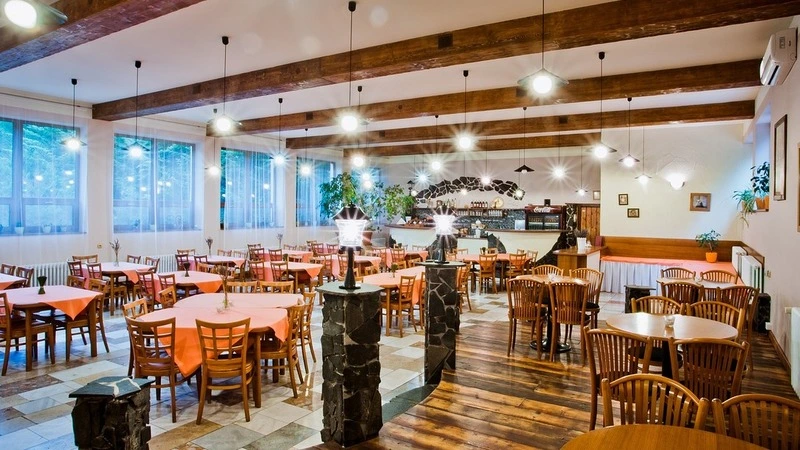Traditionally, Korean restaurants have featured floor seating, but this practice is rapidly declining in favor of sit-down dining establishments. This shift reflects changing lifestyles, labor market dynamics, and government policies that promote accessibility and hygiene. While some may miss the old ways, sit-down dining offers greater comfort, convenience, and accessibility for a wider range of customers.
Introduction

In recent years, there has been a noticeable shift away from traditional floor seating in Korean restaurants towards sit-down dining establishments. This change reflects a broader societal transformation driven by factors such as changing lifestyles, labor market dynamics, and government policies.
Factors Driving the Shift
Several factors contribute to the decline of floor seating in Korean restaurants:
Changing Lifestyles
Koreans, like many people worldwide, have adopted a more Westernized lifestyle, spending less time on the floor at home, work, and school. This shift has made floor seating less comfortable and appealing during meals.
Labor Market Dynamics
Floor seating poses challenges for restaurant staff, requiring them to repeatedly bend, squat, and remove shoes. This can lead to physical strain and discomfort, making the job less attractive to potential employees.
Government Policies
In an effort to promote accessibility and hygiene, local governments have begun offering subsidies to restaurants that transition from floor seating to sit-down dining. This has further accelerated the trend.
Impact on Different Demographics
The shift away from floor seating has varied impacts on different demographics:
Younger Generations
Younger Koreans generally prefer sit-down dining, finding it more comfortable and convenient.
Older Generations
While some older Koreans still prefer floor seating, many have also embraced sit-down dining due to concerns about back pain and mobility issues.
Families with Children
Families with young children may still prefer floor seating, as it allows children to play more freely. However, many restaurants now offer high chairs or other accommodations for children.
The Role of the 2018 PyeongChang Winter Olympics
The 2018 PyeongChang Winter Olympics played a role in accelerating the transition towards sit-down dining in Korean restaurants. The influx of international visitors prompted a focus on accessibility and hygiene, leading to a wider adoption of table-and-chair seating.
Theqoo Discussion
A recent discussion on the popular Korean online forum theqoo highlighted the changing landscape of Korean restaurants. Many users shared their observations and opinions on the decline of floor seating, citing the reasons mentioned above. Some expressed nostalgia for the traditional dining experience, while others welcomed the shift towards more comfortable and accessible sit-down dining options.
Conclusion
The decline of floor seating in Korean restaurants reflects a broader cultural shift towards Westernized lifestyles and a growing emphasis on accessibility and labor practices. While some may view this change with nostalgia, it also represents a positive adaptation to the evolving needs and preferences of Korean society. Sit-down dining establishments are becoming increasingly popular, offering a comfortable and convenient dining experience that caters to a wider range of customers.
Photographer: Pavol Chren Source: Pixabay
Here’s a link to theqoo.I appreciate you taking the time to read this post. Please share your thoughts in the comments!


One more traditional Korean culture is disappearing